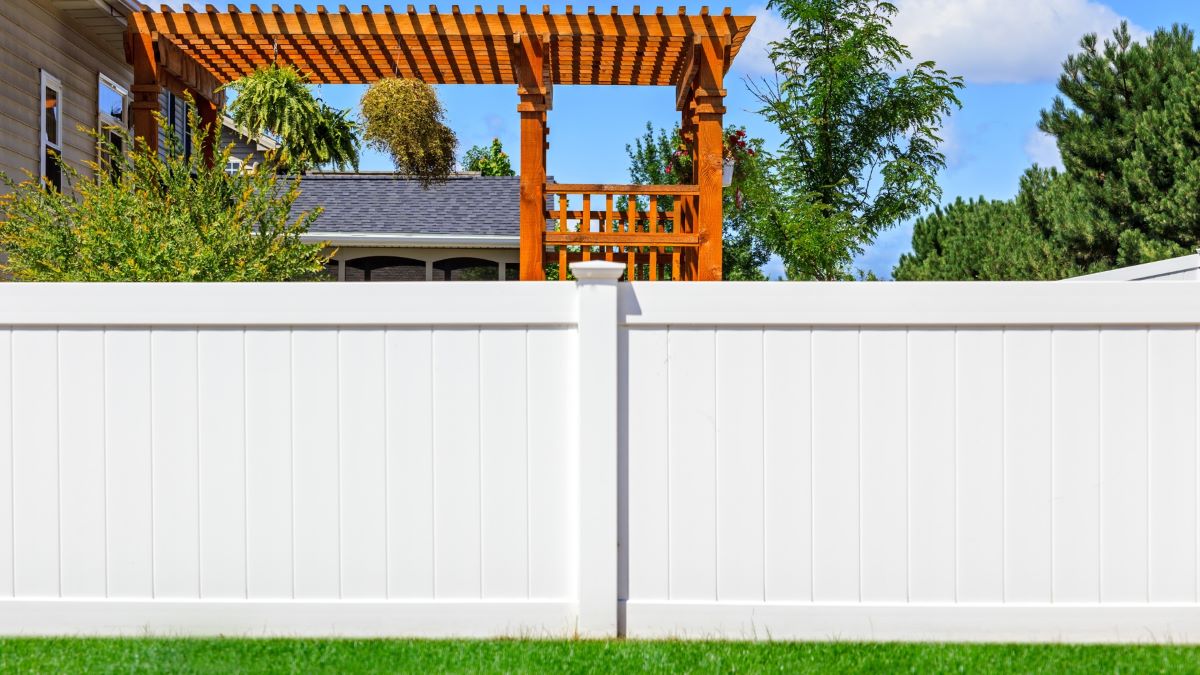

Articles
What Is A PVC Fence
Modified: August 22, 2024
Learn all about PVC fences in this comprehensive articles. Discover the benefits, installation process, and maintenance tips for PVC fences.
(Many of the links in this article redirect to a specific reviewed product. Your purchase of these products through affiliate links helps to generate commission for Storables.com, at no extra cost. Learn more)
Introduction
Welcome to the world of PVC fences! If you’re in the market for a new fence, you may have come across the term “PVC fence” or “vinyl fence.” But what exactly is a PVC fence, and why should you consider it for your property?
A PVC fence, also known as a vinyl fence, is a type of fencing made from polyvinyl chloride (PVC), a durable and long-lasting material. PVC fences have gained popularity over the years due to their numerous benefits and wide range of styles and designs.
Unlike traditional wood fences that require regular maintenance and are susceptible to rot, termites, and weather damage, PVC fences are virtually maintenance-free. They offer exceptional durability, strength, and resistance to harsh environmental conditions, making them an ideal choice for homeowners and businesses alike.
In this article, we will explore the various aspects of PVC fences, including their definition, benefits, different styles and designs, installation process, maintenance and durability, cost, comparison with other fencing materials, and their environmental impact. By the end, you’ll have a comprehensive understanding of PVC fences and can make an informed decision about whether they’re the right choice for your fencing needs.
Key Takeaways:
- PVC fences offer exceptional durability, low maintenance, and a wide range of styles, making them a practical and visually appealing choice for homeowners and businesses seeking long-lasting fencing solutions.
- While PVC fences may have a higher upfront cost, their long-term savings in maintenance and durability make them a cost-effective investment, providing value, convenience, and peace of mind for property owners.
Read more: What Is A PVC Conduit
Definition of PVC Fence
A PVC fence, also referred to as a vinyl fence, is a type of fencing made from polyvinyl chloride (PVC) material. PVC is a synthetic plastic polymer known for its strength, durability, and resistance to impact and weathering. PVC fences are constructed by combining PVC resin with various additives, such as stabilizers and UV inhibitors, to enhance their performance and longevity.
These fences are typically made up of horizontal rails and vertical pickets or panels, securely fastened together to form a solid structure. PVC fences come in a variety of styles, including privacy fences, semi-private fences, picket fences, and post-and-rail fences, with various height options to suit different needs.
One of the distinguishing features of PVC fences is their appearance. They are designed to mimic the look of traditional wooden fences, without the maintenance and potential drawbacks. PVC fences often have a smooth surface and are available in different colors and finishes, including white, tan, and gray, allowing homeowners to choose the look that best complements their property.
Due to their composition, PVC fences are resistant to rotting, cracking, peeling, and warping, making them suitable for both residential and commercial applications. They do not require painting or staining, and can withstand exposure to sunlight, rain, snow, and other weather elements without deteriorating.
In addition to their durability, PVC fences are also known for their versatility. They can be customized to fit specific design preferences and can be installed in various locations, including front yards, backyard boundaries, pool areas, gardens, and commercial properties. PVC fences offer privacy and security, while still allowing for some visibility if desired.
Overall, a PVC fence offers a strong and low-maintenance fencing solution that combines the aesthetics of traditional wood with the durability and longevity of synthetic materials. Whether you’re looking to enhance the curb appeal of your home or improve the security of your property, a PVC fence is a reliable and practical choice.
Benefits of PVC Fence
PVC fences are becoming increasingly popular among homeowners and businesses, and for good reason. They offer a wide range of benefits that make them an attractive choice for fencing needs. Let’s take a closer look at some of the key benefits of PVC fences:
- Durability: One of the biggest advantages of PVC fences is their exceptional durability. PVC material is resistant to rotting, warping, cracking, and peeling, making it ideal for withstanding the elements and maintaining its structural integrity over time.
- Low Maintenance: Unlike traditional wood fences that require regular maintenance such as painting, staining, and sealing, PVC fences are virtually maintenance-free. They do not need to be painted or stained, and a simple occasional cleaning with soap and water is usually enough to keep them looking great.
- Longevity: PVC fences have an impressive lifespan. They can last for decades without deteriorating, saving you money on frequent replacements or repairs often associated with other types of fences.
- Resistance to Elements: PVC fences are designed to withstand the harshest weather conditions. They are resistant to fading, discoloration, and damage from sunlight, rain, snow, and extreme temperatures.
- Versatility: PVC fences come in a variety of styles, colors, and finishes, allowing you to choose the look that best suits your property and personal preferences. Whether you prefer a traditional white picket fence or a modern privacy fence, PVC fences offer versatility in design options.
- Privacy and Security: PVC fences can be built to provide optimal privacy and security, making them an ideal choice for residential properties. With solid panels and height options, PVC fences can effectively block the view from the outside and create a private and secure outdoor space.
- Environmentally Friendly: PVC fences are an eco-friendly alternative to traditional wood fences. They are made from recyclable materials and do not require the use of harmful chemical treatments or paints.
These benefits make PVC fences a practical and cost-effective choice. They offer the charm of traditional wooden fences without the maintenance and drawbacks, providing a long-lasting and attractive fencing solution for any property.
Different Styles and Designs of PVC Fence
PVC fences offer a wide range of styles and designs to suit various aesthetic preferences and functional needs. Whether you’re looking for privacy, security, or simply want to enhance the visual appeal of your property, there is a PVC fence style for you. Let’s explore some of the popular styles and designs:
- Privacy Fence: This style features solid panels or boards that are tightly spaced to create a complete visual barrier. Privacy fences are popular for providing optimal privacy and security, making them a great choice for backyard boundaries or residential properties.
- Semi-Privacy Fence: This style combines elements of privacy and openness. It typically consists of solid panels with small gaps or decorative accents that allow some visibility without compromising privacy. Semi-privacy fences are a versatile option that offers both security and a more open feel.
- Picket Fence: Picket fences are a classic choice for adding charm and character to any property. Whether in a traditional or contemporary design, picket fences feature evenly spaced vertical boards, called pickets, with pointed or rounded tops. They are often used for front yard boundaries or to enclose gardens.
- Post-and-Rail Fence: This style creates a rustic and open look by using horizontal rails between sturdy posts. Post-and-rail fences are commonly seen in rural or country settings and can be a great choice for large properties, farms, or equestrian facilities.
- Lattice Fence: Lattice fences feature crisscrossed or diagonal patterns of PVC strips, creating a decorative and inviting look. They can be used for privacy or as an accent, providing a stylish touch to any outdoor space.
- Scalloped Fence: Scalloped fences add a touch of elegance and sophistication to any property. This style features panels with a concave or convex curve on the top, creating a visually appealing design that stands out.
PVC fences also offer customization options in terms of height, post caps, and color choices. You can choose from various post cap designs, such as flat, Gothic, pyramid, or ball caps, to add a personal touch to your fence.
When it comes to colors, PVC fences are available in a range of options, including traditional white, tan, gray, or wood-like finishes. This allows you to select a color that complements your property’s aesthetics and matches your desired style.
With the diverse styles and designs available, PVC fences provide both functionality and visual appeal, allowing you to create a fence that perfectly suits your needs and enhances the overall look of your property.
Installation Process of PVC Fence
The installation process of a PVC fence is relatively straightforward, but it is essential to follow the proper steps to ensure a durable and secure fence. Here is a general overview of the installation process:
- Planning and Layout: Start by determining the fence layout and measuring the area where the fence will be installed. This includes marking the location of the fence posts, gate openings, and any corners or changes in the fence line.
- Marking and Digging Post Holes: Use stakes and string to mark the exact position of the fence posts. Dig holes for the posts using a post hole digger or an auger. The depth and diameter of the holes will depend on the height and style of the fence, as well as the soil conditions in your area.
- Inserting and Setting the Posts: Place the PVC fence posts into the holes, ensuring they are level and plumb. Add concrete around the base of each post to provide stability and support. Allow the concrete to set according to the manufacturer’s instructions.
- Installing Rails and Panels: Once the posts are set, it’s time to install the horizontal rails and panels. Start by attaching the bottom rail to the posts, using brackets or screws. Then, slide the PVC panels into the slots or brackets on the posts, ensuring a tight fit and proper alignment. Attach the top rail and any additional rails based on the design of your fence.
- Trimming and Finishing: Trim any excess length of the fence posts to the desired height. Install post caps for added aesthetics and protection. Check the overall alignment and levelness of the fence, making any necessary adjustments.
- Gate Installation: If your fence includes gates, install the gate hardware according to the manufacturer’s instructions. Ensure the gates open and close smoothly and securely.
- Clean Up and Final Touches: Remove any debris or excess materials from the installation area. Give your PVC fence a final cleaning to remove any dirt or marks from the installation process. Stand back and admire your newly installed PVC fence!
It is important to note that the specific installation process may vary based on the manufacturer’s instructions or the design of your PVC fence. If you are unsure or unfamiliar with fence installations, it is recommended to consult a professional or hire a reputable fencing contractor to ensure a proper and hassle-free installation.
By following these installation steps, you can have a sturdy and visually appealing PVC fence that will provide privacy, security, and enhance the overall look of your property.
When installing a PVC fence, make sure to properly secure the posts in the ground to ensure stability and longevity of the fence. Use a level to ensure the posts are straight before securing them.
Read more: What Is PVC Used For In Construction
Maintenance and Durability of PVC Fence
One of the significant advantages of PVC fences is their low maintenance requirements and exceptional durability. Unlike traditional wood fences that can be susceptible to rotting, warping, and insect damage, PVC fences are designed to withstand the test of time and weather conditions. Here are some key aspects of the maintenance and durability of PVC fences:
1. No Painting or Staining: PVC fences do not require painting or staining to maintain their appearance. The color is built into the material during the manufacturing process, so it does not fade or peel over time. This saves homeowners time and money, as there is no need to regularly repaint or restain the fence.
2. Easy Cleaning: PVC fences are easy to clean and maintain their original appearance with just a simple cleaning routine. Use a mild detergent or soap mixed with water and a soft brush or sponge to remove dirt, grime, and any marks on the fence. Rinse off the soap with a hose or bucket of water. Avoid using abrasive cleaners or scrub brushes that can scratch or damage the surface of the fence.
3. Resistance to Environmental Factors: PVC fences are highly resistant to environmental elements such as sunlight, rain, humidity, and fluctuating temperatures. The PVC material is formulated to withstand UV rays, preventing fading, discoloration, and brittleness over time. Additionally, PVC does not absorb water, so it is not prone to rotting, warping, or swelling like wood fences.
4. Strength and Durability: PVC fences are built to be strong and durable. The combination of PVC resin and additives, such as UV inhibitors and impact modifiers, ensures that the fence can withstand impacts, high winds, and other external forces. PVC fences are known for their structural integrity and ability to maintain their shape and condition for many years.
5. Pest and Insect Resistant: Unlike wood fences that may attract termites or other pests, PVC fences are resistant to pest infestations. PVC material does not provide a food source for insects or attract them, adding to the fence’s longevity and reducing the risk of any pest-related damage or maintenance.
6. Long Lifespan: PVC fences have a long lifespan compared to other fencing materials. With proper installation and maintenance, a PVC fence can last for several decades without significant degradation. This makes PVC fences a cost-effective investment over the long term, as they do not require frequent repairs or replacements.
Overall, the maintenance requirements of PVC fences are minimal, and their durability is unmatched. With regular cleaning and basic upkeep, a PVC fence can maintain its appearance and functionality for many years, providing homeowners with a reliable and long-lasting fencing solution.
Cost of PVC Fence
The cost of a PVC fence can vary depending on several factors, including the style, height, design complexity, and the size of the area to be fenced. It’s important to consider both the upfront costs and the long-term savings when evaluating the overall cost of a PVC fence. Here are some key considerations regarding the cost of PVC fences:
1. Material Cost: PVC fences are generally more expensive upfront compared to traditional wood and metal fences. The cost of the PVC material itself is higher due to its durability and low-maintenance properties. However, the higher upfront cost can be offset by the long-term savings in maintenance and replacement expenses.
2. Installation Cost: The cost of installation will depend on various factors, such as the complexity of the fence design, the amount of labor required, and the accessibility of the installation site. It is recommended to obtain quotes from different contractors to compare prices and ensure a reasonable installation cost.
3. Fence Style and Height: The style and height of the PVC fence will impact the overall cost. Fences with more intricate designs or taller heights typically require more materials, resulting in higher costs. Privacy fences are often more expensive due to the increased amount of material needed for solid panels.
4. Additional Features: The inclusion of additional features, such as gates, decorative accents, or custom post caps, can add to the cost of a PVC fence. It is essential to consider these factors when budgeting for your fence project.
5. Long-Term Savings: While PVC fences may have a higher initial cost, they offer substantial long-term savings. PVC fences are virtually maintenance-free, so you won’t have the expense of regularly painting, staining, or repairing the fence. Additionally, PVC fences have a longer lifespan compared to other fencing materials, reducing the need for replacement and repair costs in the future.
6. Comparing Costs: When comparing the cost of a PVC fence with other types of fences, it’s important to assess the overall value and benefits that PVC fences offer. Although the initial cost may be higher, the long-term savings in maintenance and durability can make PVC fences a cost-effective investment over time.
It’s recommended to consult with fencing professionals or contractors to get price estimates and discuss the specific requirements of your project. They can provide accurate cost breakdowns based on your desired PVC fence style, size, and installation needs.
In the end, while PVC fences may have a higher upfront cost, their durability, low maintenance requirements, and long-term savings make them a wise investment for homeowners looking for a high-quality and long-lasting fencing solution.
Comparison with Other Types of Fencing Materials
When considering a new fence for your property, it’s essential to compare different types of fencing materials to make an informed decision. Here is a comparison of PVC fences with other popular fencing materials:
1. Wood Fences:
- Cost: PVC fences tend to have a higher upfront cost compared to wood fences. However, wood fences may require regular maintenance, staining, and painting, which can increase their long-term cost.
- Maintenance: PVC fences are virtually maintenance-free, while wood fences require regular upkeep, including painting, staining, and sealing to prevent rotting, warping, and insect damage.
- Durability: PVC fences are more durable than wood fences and are less susceptible to rotting, cracking, and weather damage. Wood fences can be impacted by environmental factors, requiring more frequent repairs and replacements.
- Appearance: While wood fences offer a natural and rustic charm, PVC fences can mimic the look of wood with various color and finish options. PVC fences maintain their appearance for years without fading or peeling.
- Lifespan: PVC fences have a longer lifespan compared to wood fences, as they do not deteriorate due to moisture, termites, or bugs. Wood fences may need replacement after several years of wear and tear.
2. Metal Fences (Aluminum or Iron):
- Cost: Metal fences, especially iron fences, can be more expensive than PVC fences, depending on the design and customization options. PVC fences offer a cost-effective alternative with similar aesthetics.
- Maintenance: PVC fences require minimal maintenance, while metal fences may require periodic painting or coating to prevent rusting and corrosion.
- Durability: Both PVC and metal fences are durable, but metal fences may be prone to rusting and damage from harsh weather conditions. PVC fences are highly resistant to environmental factors.
- Appearance: While metal fences offer a classic and elegant look, PVC fences can emulate the appearance of metal without the associated maintenance requirements.
- Installation: PVC fences are generally easier to install compared to metal fences, which may require welding or specialized tools. PVC fences often come in pre-assembled panels, making installation faster and more straightforward.
Ultimately, the choice between PVC fences and other materials depends on your specific needs, budget, and preferences. PVC fences offer a balance of durability, low maintenance, and aesthetic options, making them a popular and practical choice for homeowners and businesses.
It’s advisable to consult with fencing professionals or contractors who can provide more detailed comparisons based on your specific requirements and guide you in making the best decision for your property.
Environmental Impact of PVC Fence
When considering any construction or home improvement project, it’s important to take into account the environmental impact. PVC fences, like any other material, have both positive and negative aspects when it comes to their environmental footprint. Here are some key factors to consider:
1. Material Composition: PVC, or polyvinyl chloride, is a synthetic plastic polymer. While PVC is derived from natural resources like petroleum and natural gas, its production involves chemical processes that can have environmental implications. It’s important to note that PVC is not biodegradable.
2. Durability and Longevity: One of the significant environmental benefits of PVC fences is their durability and longevity. PVC fences can last for several decades without deterioration, reducing the need for frequent replacements. This helps to conserve resources and minimize waste.
3. Maintenance and Chemical Treatments: PVC fences require minimal maintenance, which means fewer chemical treatments and potential environmental pollutants compared to other materials. PVC fences do not need painting, staining, or sealing, which can involve the use of toxic chemicals and contribute to air and water pollution.
4. Recyclability: PVC is a recyclable material, which means that PVC fence components can be recycled once they reach the end of their lifespan. Recycling PVC reduces the demand for new raw materials and minimizes waste accumulation in landfills. It’s important to note that not all recycling centers accept PVC, so it’s advisable to check with local recycling facilities for proper disposal options.
5. Energy Consumption: The production and manufacturing of PVC materials require energy, contributing to carbon emissions and environmental impact. However, the durability and longevity of PVC fences help offset this energy consumption by reducing the need for future fence replacements and the associated energy usage.
6. Alternative Materials: PVC fences are often compared to traditional wood or metal fences. It’s worth noting that wood fencing typically involves cutting down trees, which can have negative impacts on deforestation and biodiversity. Metal fences, on the other hand, require significant amounts of energy for mining and extraction processes.
While PVC fences have some environmental concerns associated with their production and disposal, their long lifespan, low maintenance requirements, and recyclability make them a more sustainable option compared to other fencing materials. It’s crucial to choose a reputable manufacturer that adheres to environmental standards and uses sustainable practices in their production processes.
Ultimately, it’s advisable to consider the environmental impact of a PVC fence within the context of the overall sustainability practices of your property. Incorporating other eco-friendly initiatives, such as energy-efficient systems, rainwater harvesting, or native landscaping, can help offset any potential environmental concerns associated with the PVC fence.
Consulting with fencing professionals or contractors who prioritize sustainability can also provide valuable insights and guidance for choosing the most environmentally friendly fencing options for your specific needs and concerns.
Read more: What Is A Fence
Conclusion
In conclusion, a PVC fence, also known as a vinyl fence, offers numerous advantages over other types of fencing materials. From its durability and low maintenance requirements to its wide range of styles and designs, PVC fences are an excellent choice for homeowners and businesses alike.
With their exceptional durability and resistance to rotting, warping, and weather damage, PVC fences provide a long-lasting fencing solution that can withstand the test of time. Their low maintenance requirements make them a convenient option, as PVC fences do not require painting, staining, or sealing like traditional wood fences. Additionally, their resistance to pests, UV rays, and moisture ensures that PVC fences maintain their appearance and structural integrity without frequent repairs.
PVC fences are also available in various styles and designs, allowing homeowners to choose the look that best suits their property. Whether you desire privacy, a traditional picket fence, or a post-and-rail design, PVC fences offer versatility and customization options. The availability of different colors and finishes, such as white, tan, or wood-like textures, further enhances the visual appeal of PVC fences.
While PVC fences may have a higher upfront cost compared to some other fencing materials, their long-term benefits outweigh the initial investment. The low maintenance requirements and durability of PVC fences result in significant long-term savings in terms of time, money, and resources. This makes PVC fences a cost-effective choice that provides value and peace of mind, as they require minimal upkeep and offer a longer lifespan compared to other fencing materials.
It’s important to consider the environmental impact of PVC fences as well. While they have some environmental concerns associated with their production, their durability, recyclability, and low maintenance requirements make them a more sustainable option compared to traditional wood or metal fences. Choosing a reputable manufacturer and implementing other eco-friendly initiatives on your property can further enhance the sustainability of your PVC fence.
In conclusion, PVC fences offer a combination of durability, versatility, and low maintenance that make them an ideal choice for property owners seeking a long-lasting, visually appealing, and hassle-free fencing solution. With their numerous benefits and customizable options, PVC fences provide a reliable and attractive addition to any property.
Frequently Asked Questions about What Is A PVC Fence
Was this page helpful?
At Storables.com, we guarantee accurate and reliable information. Our content, validated by Expert Board Contributors, is crafted following stringent Editorial Policies. We're committed to providing you with well-researched, expert-backed insights for all your informational needs.
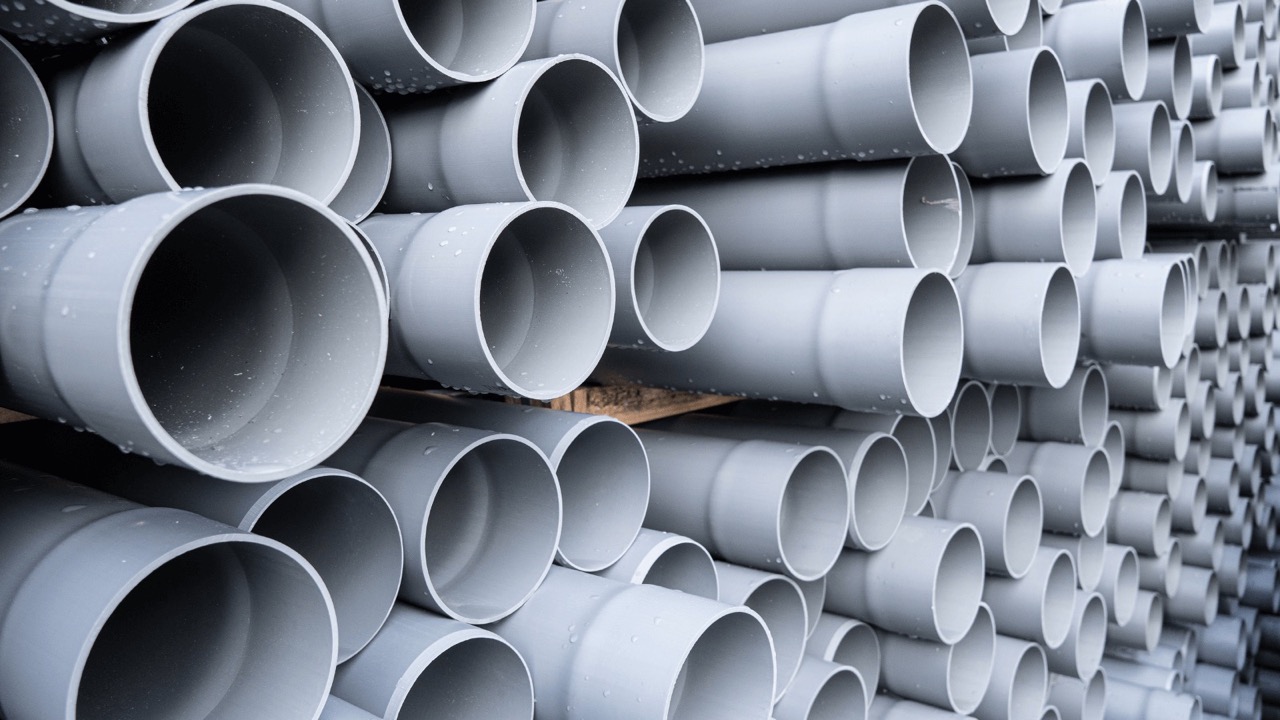
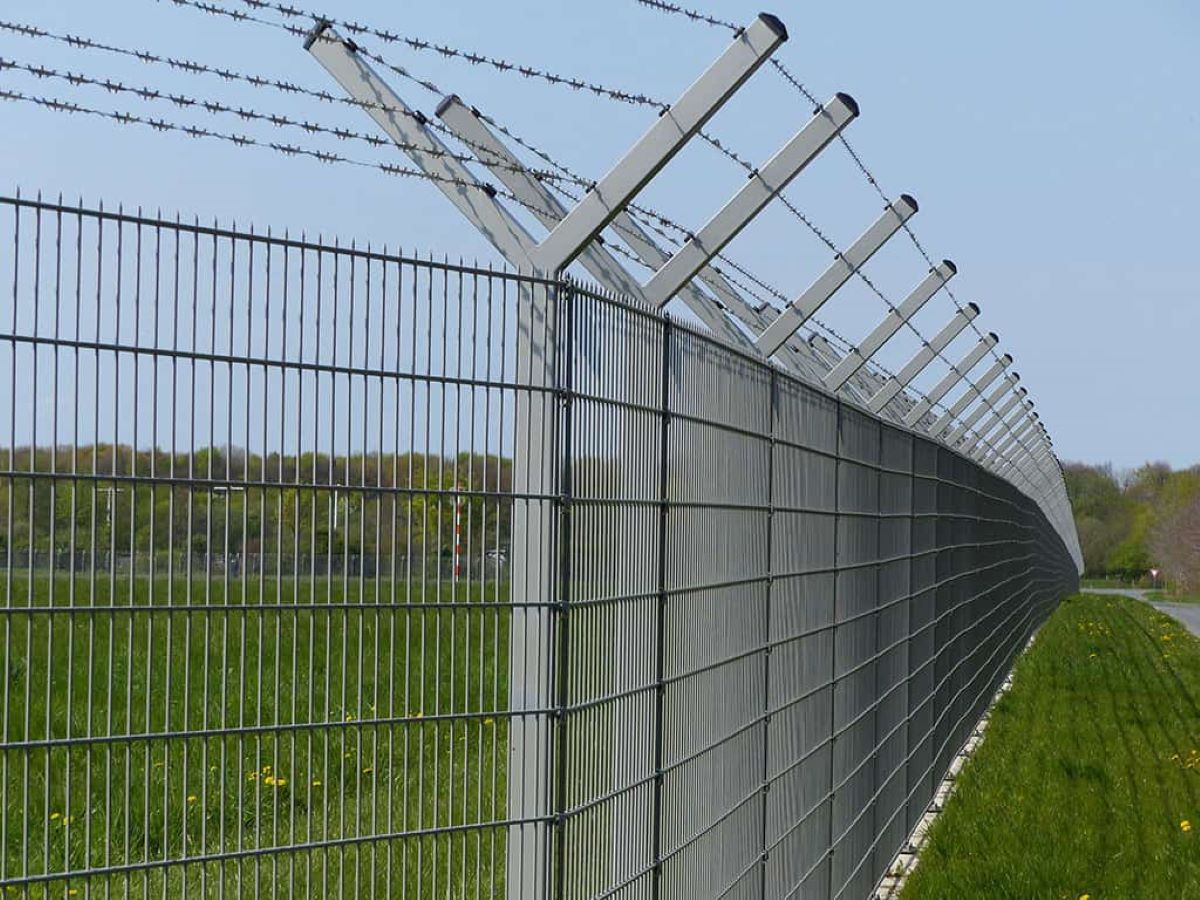
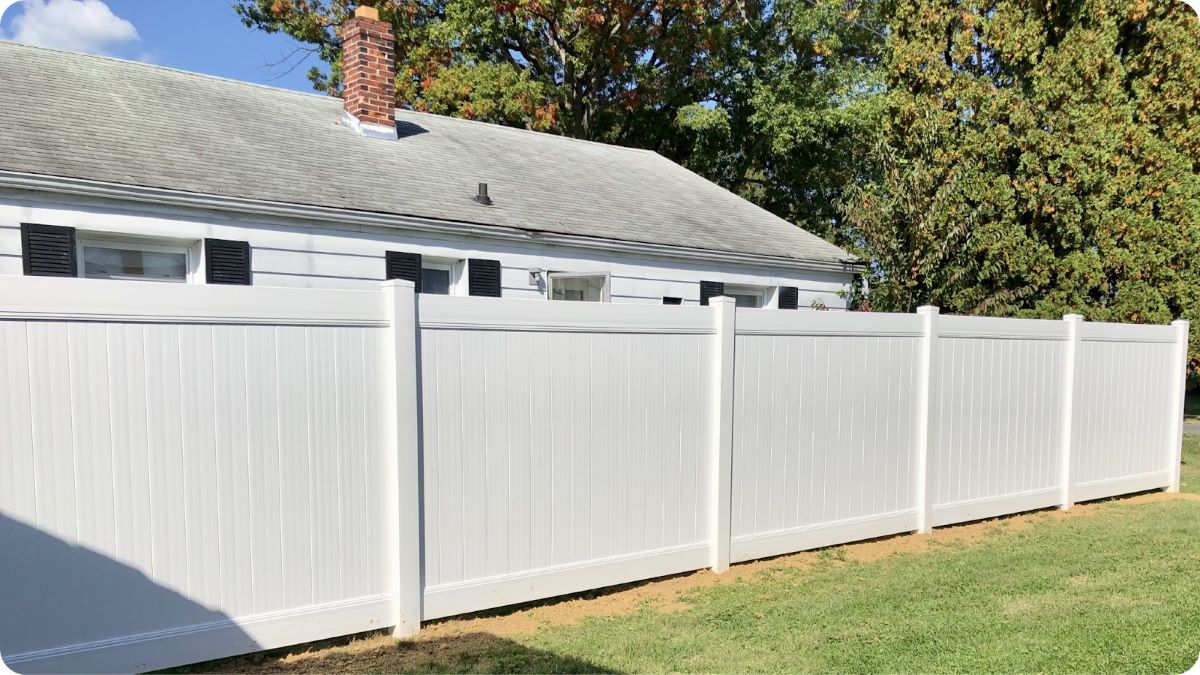
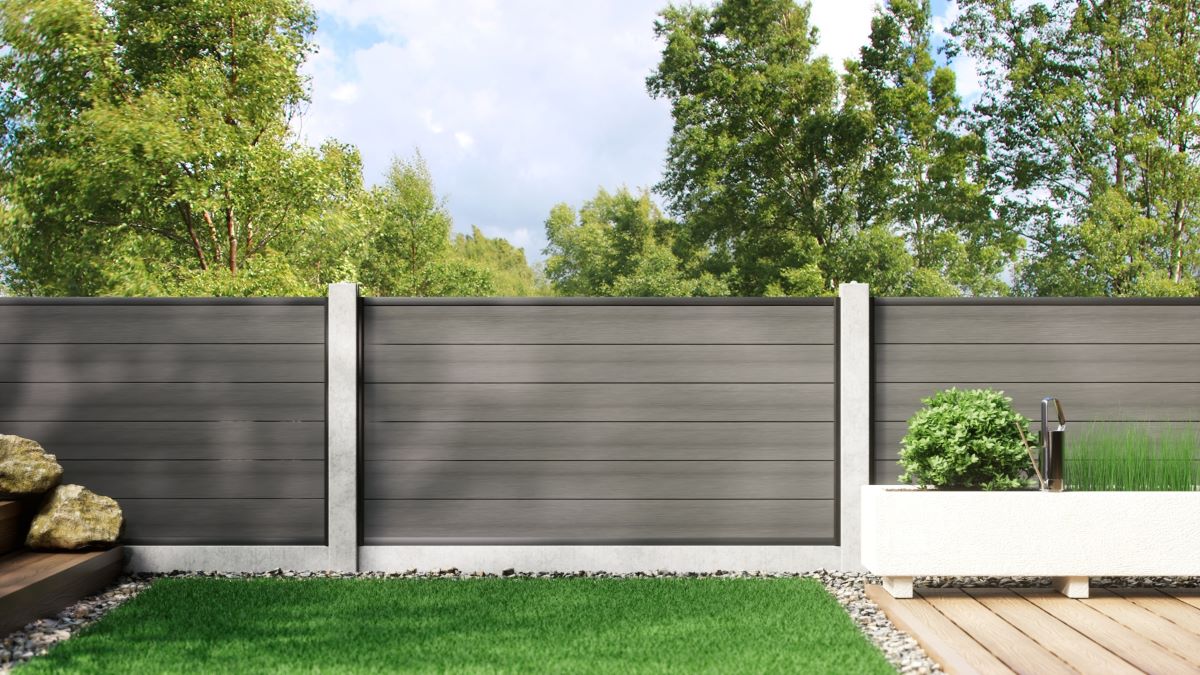
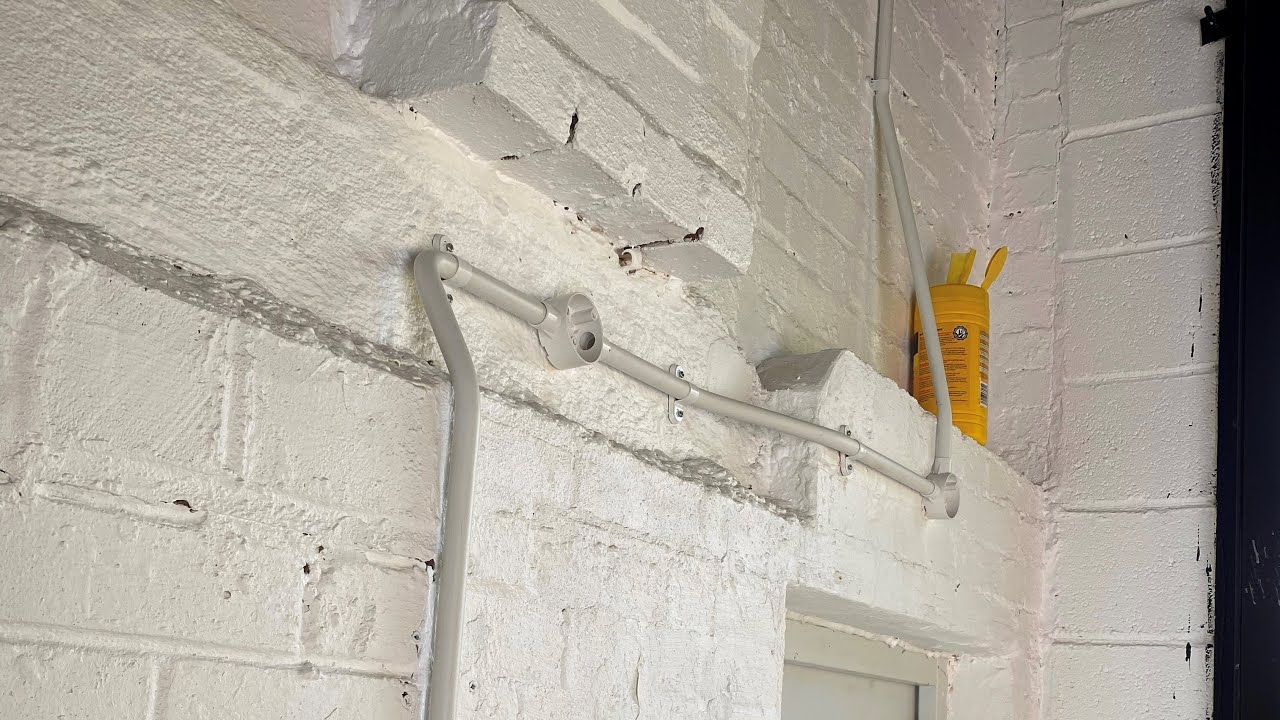
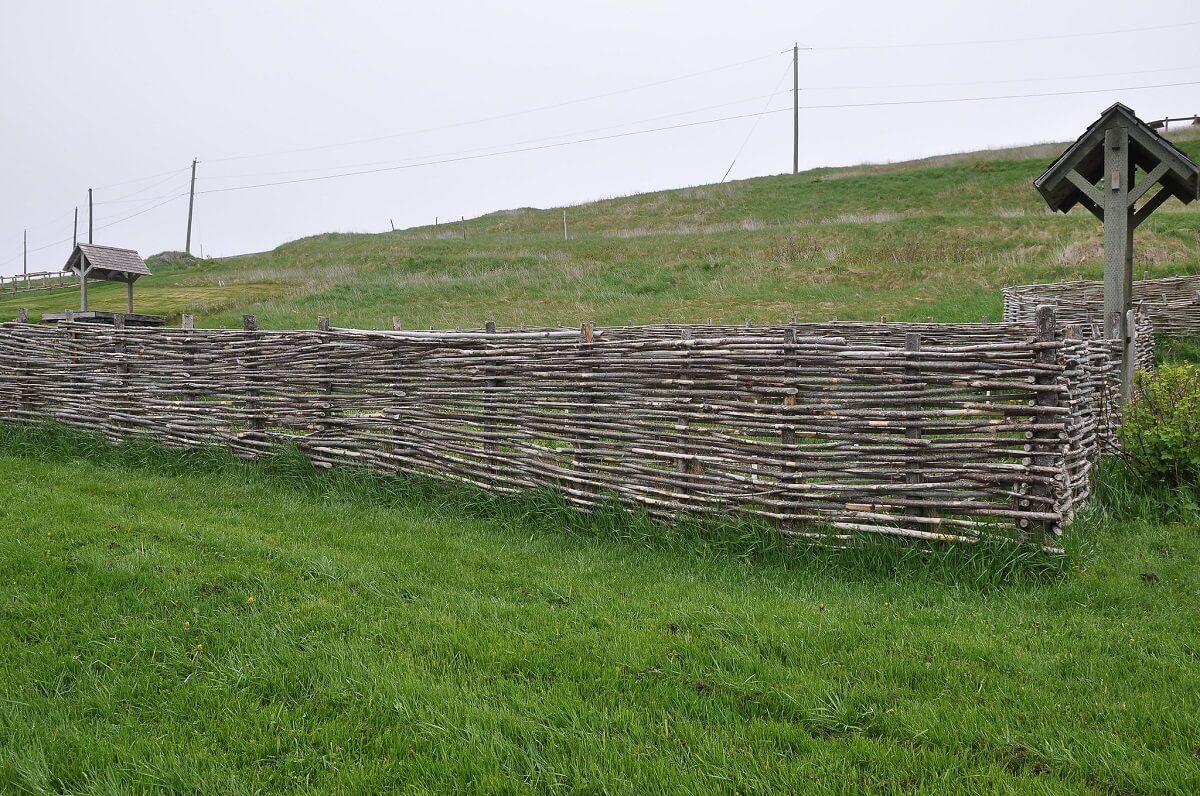
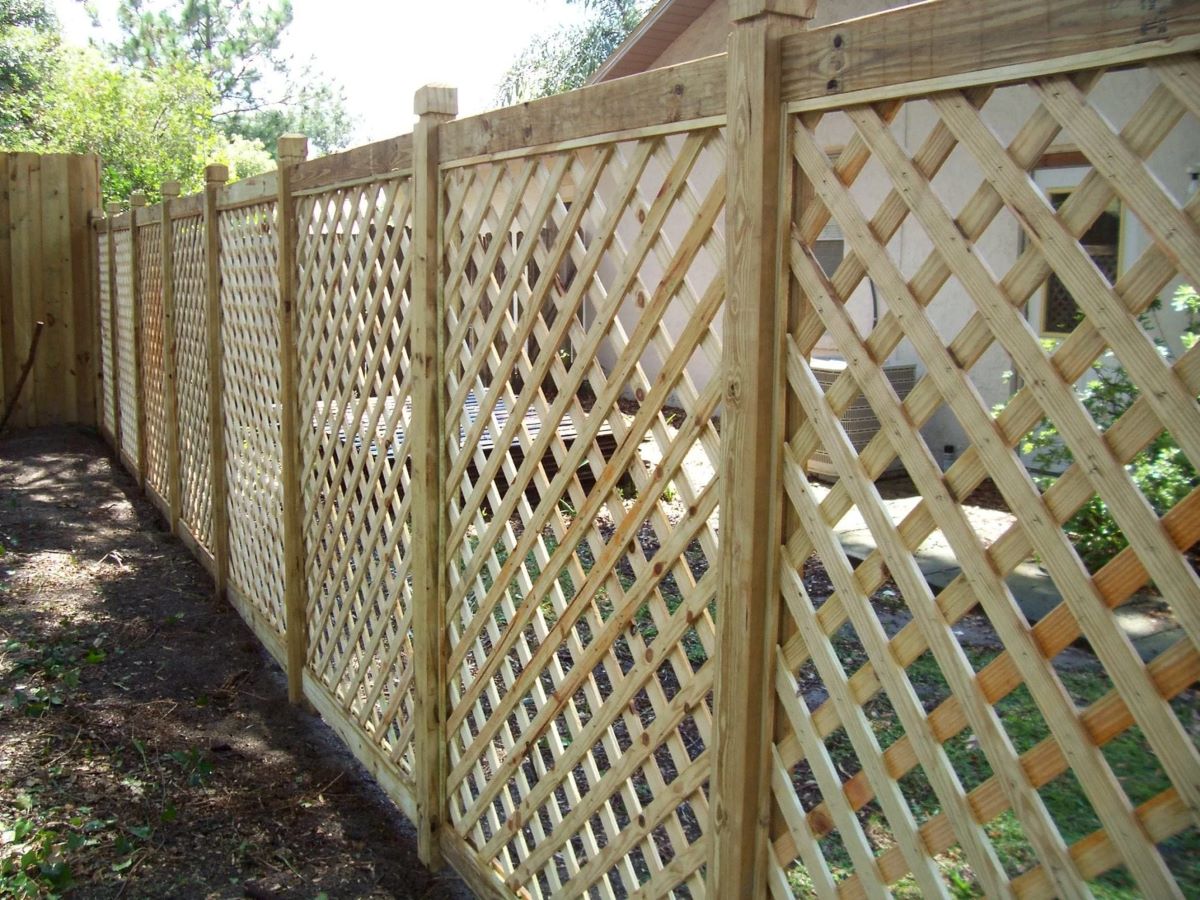
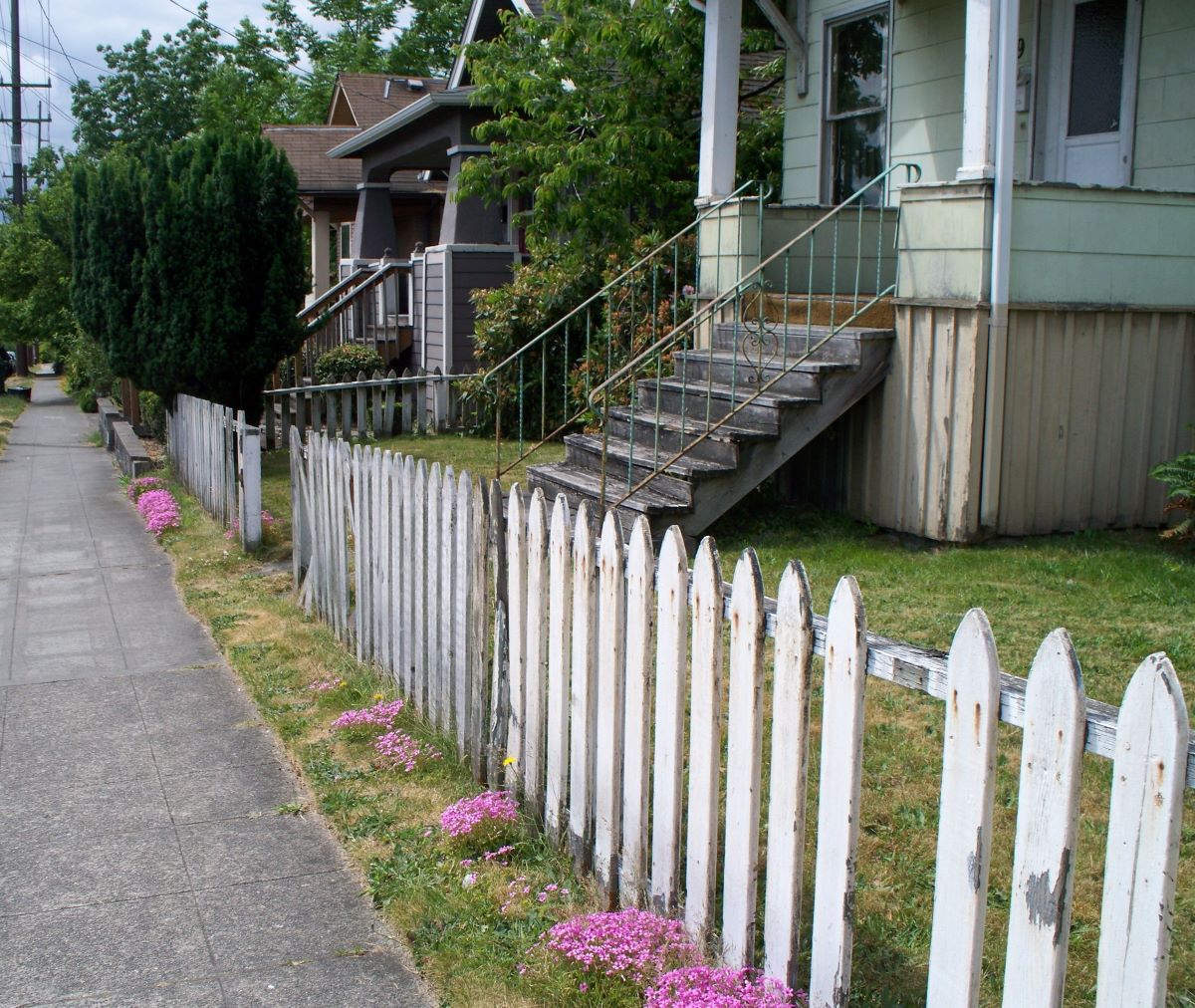
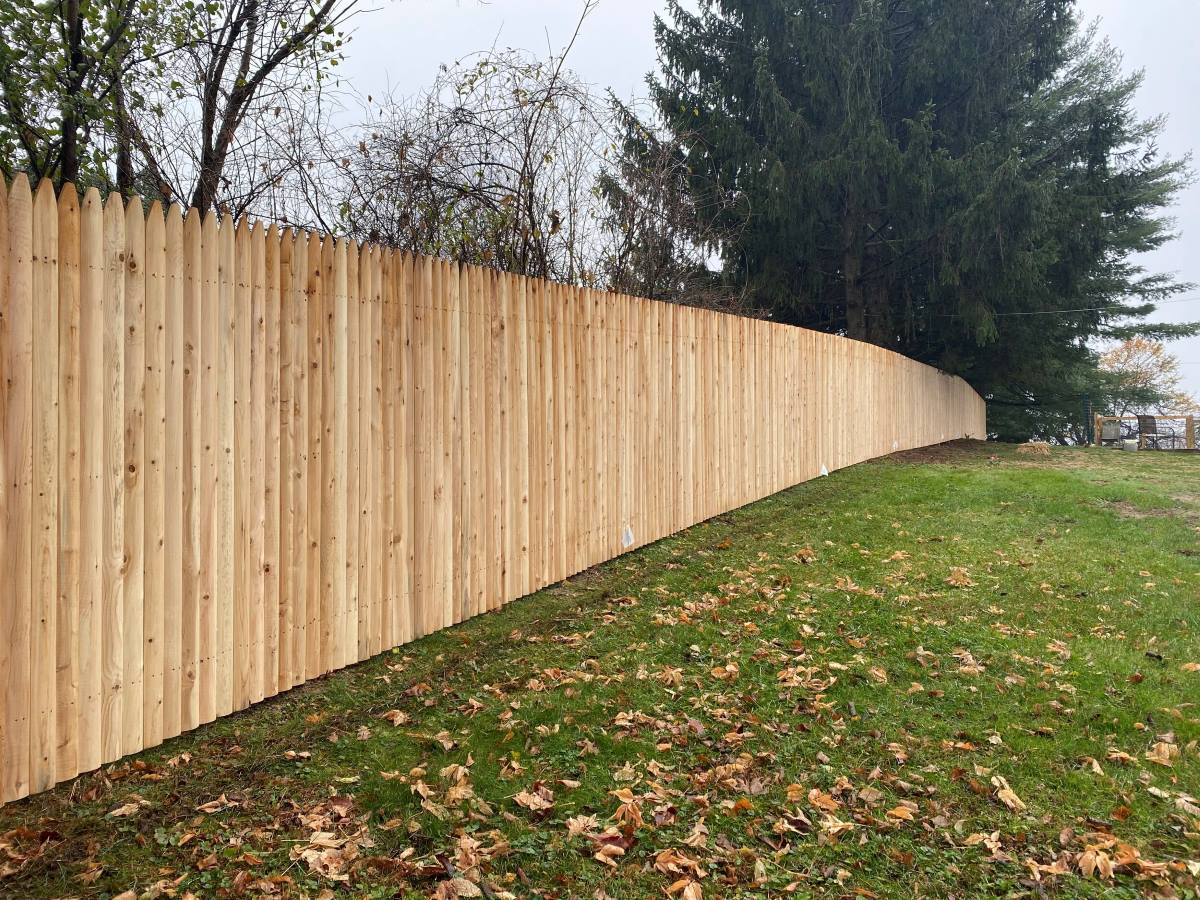
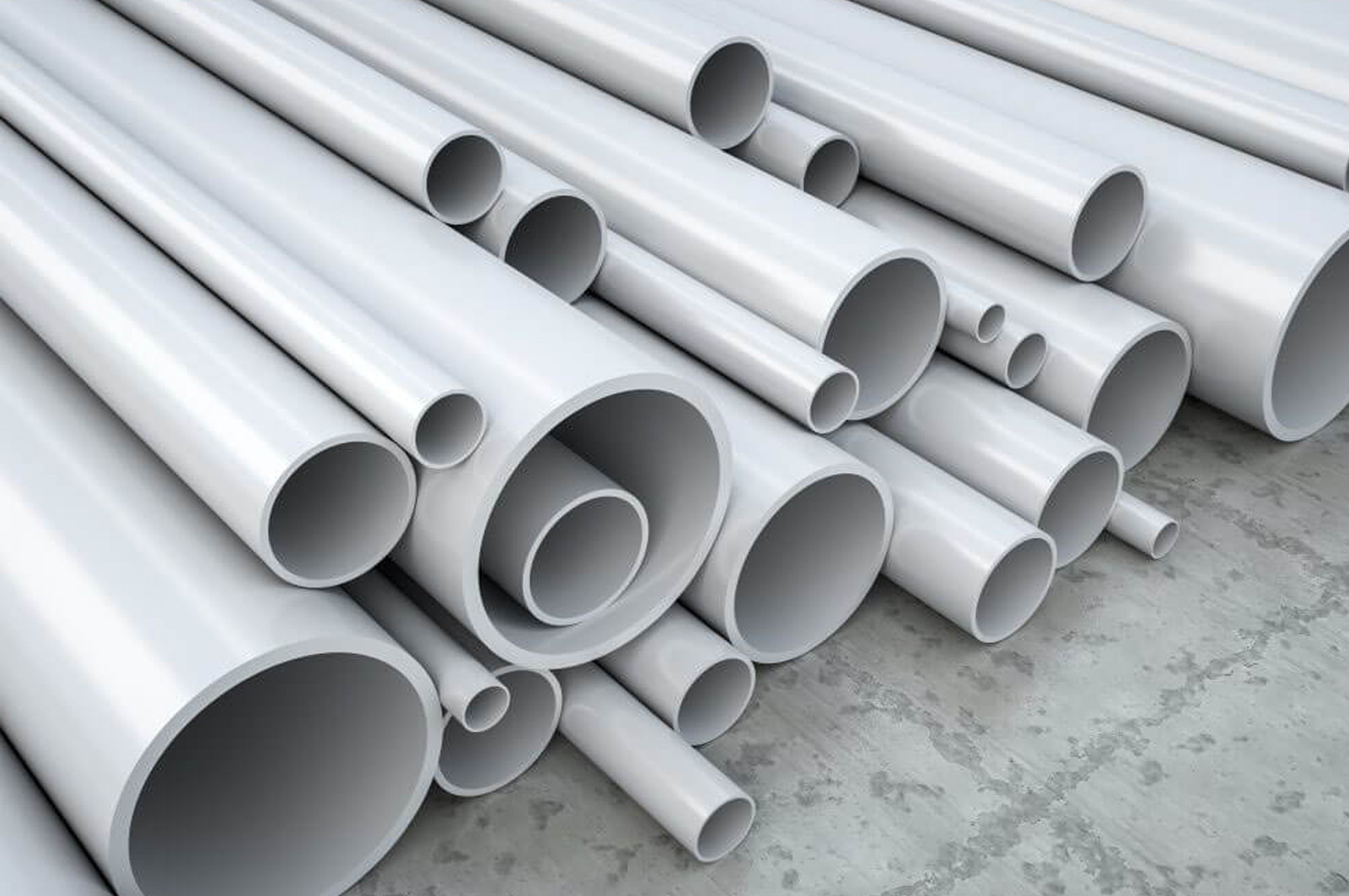
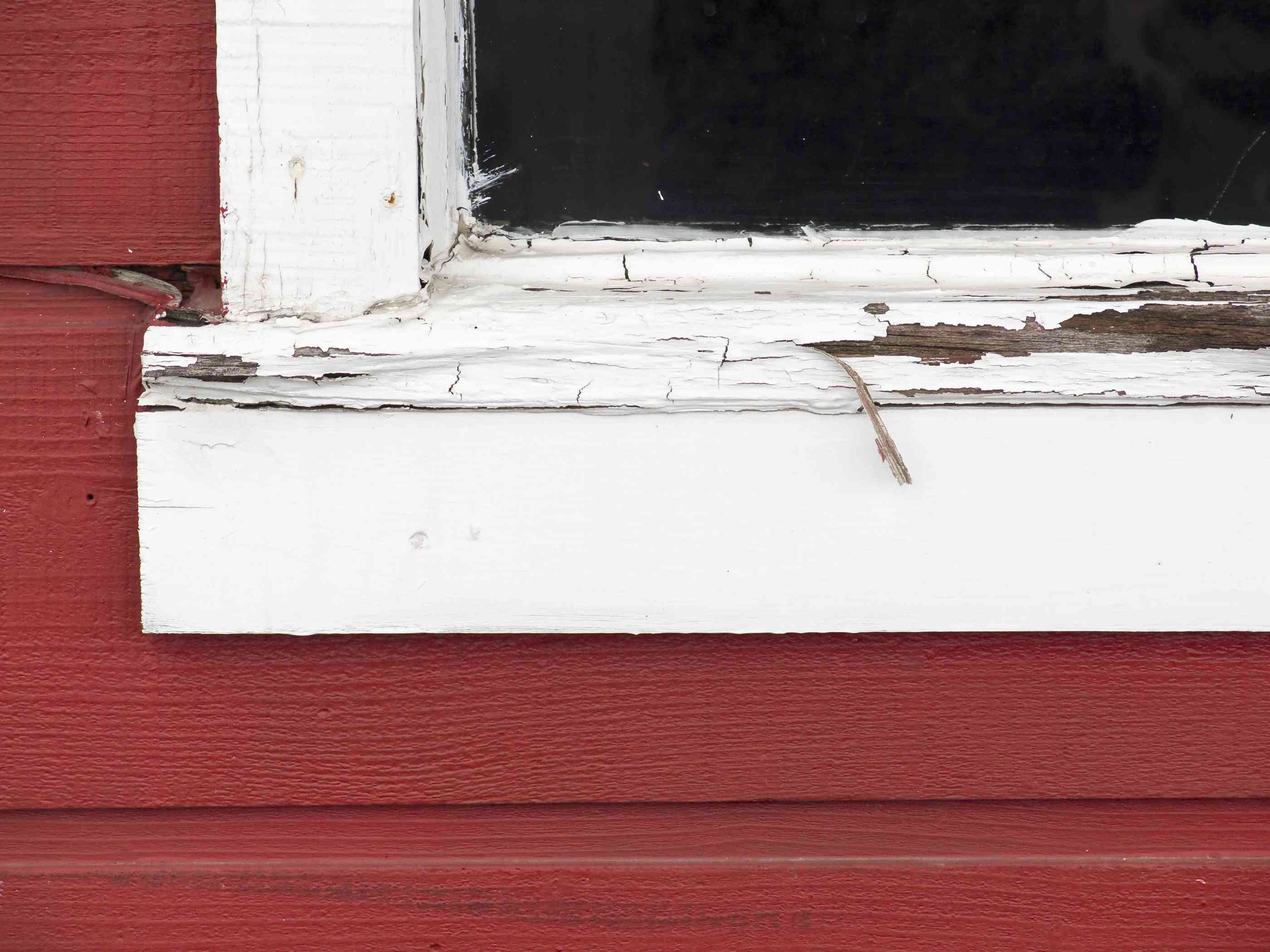
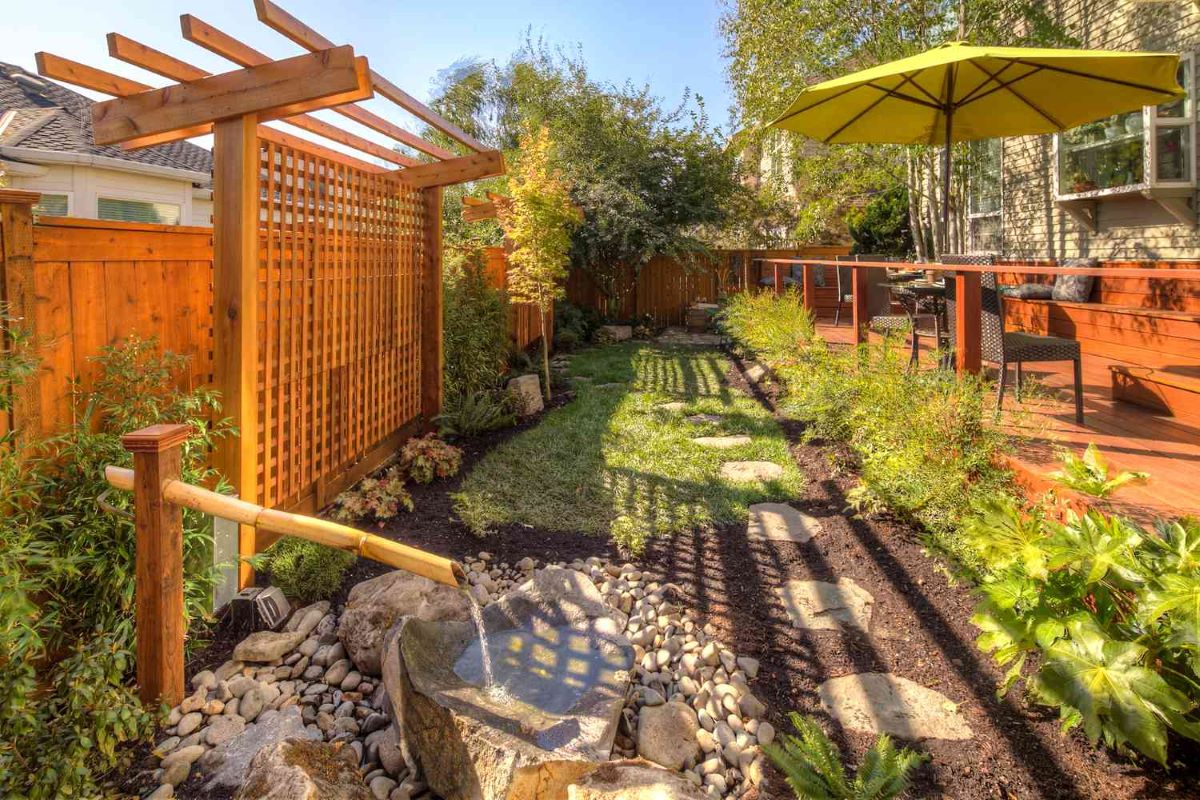
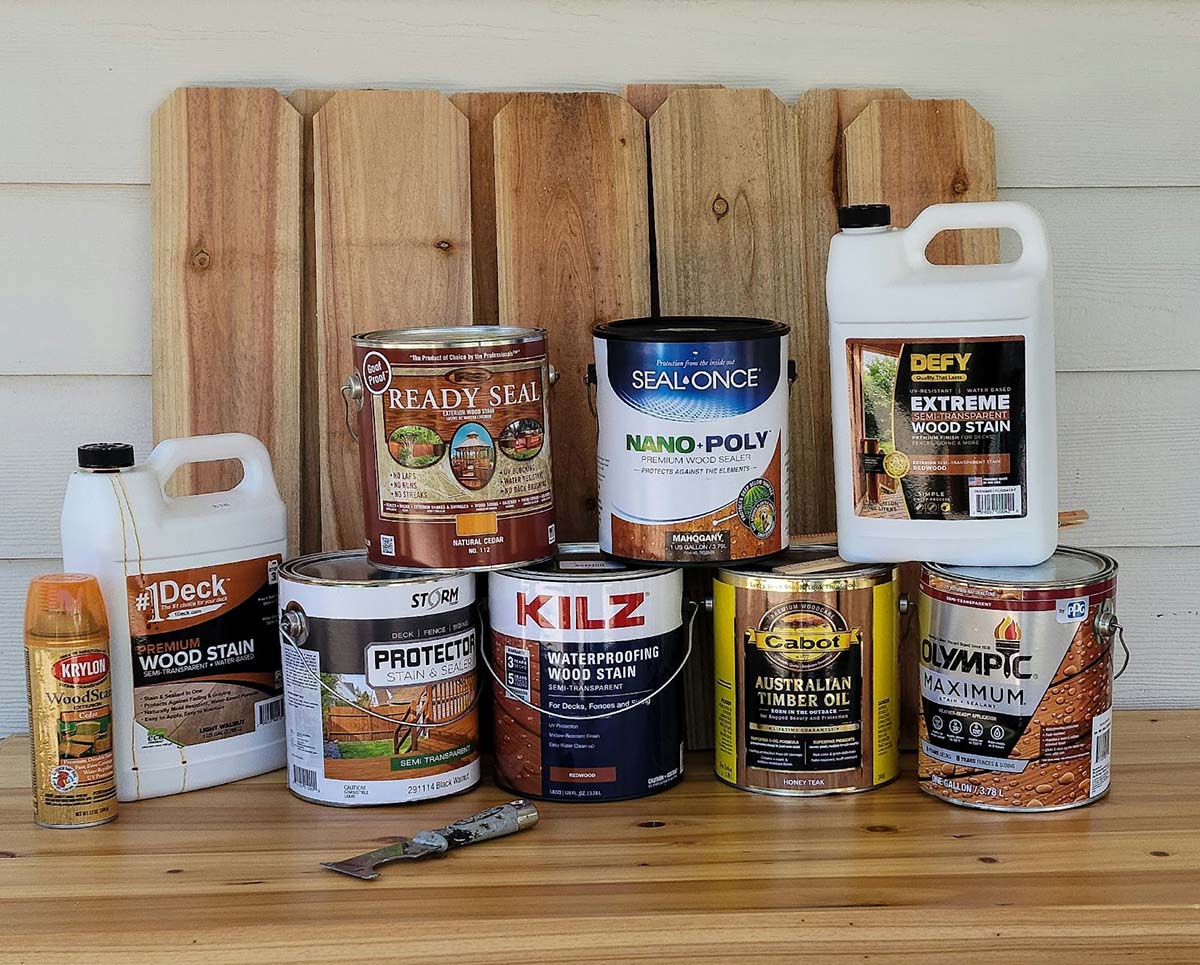

0 thoughts on “What Is A PVC Fence”